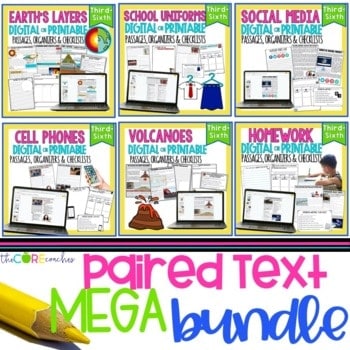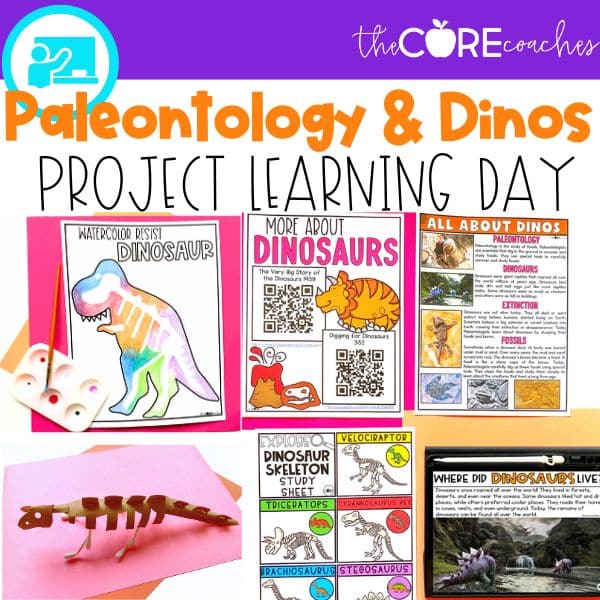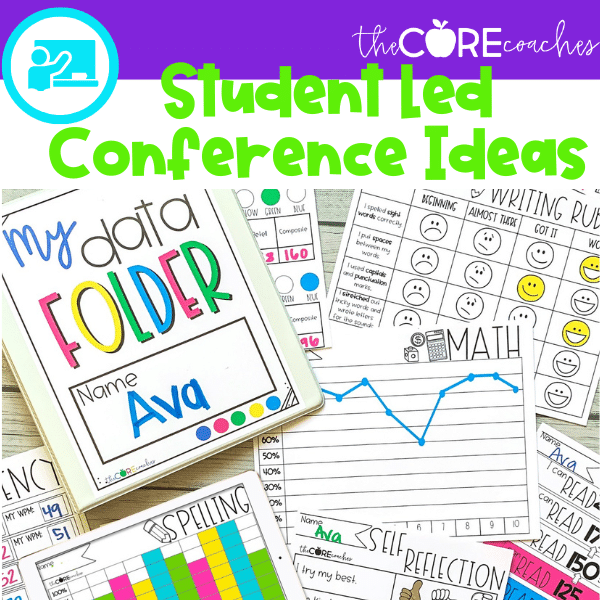Teaching is a complex art that requires educators to constantly adapt and refine their strategies to engage students and promote meaningful learning. As we consider task based learning one common pitfall that many teachers fall into is relying too heavily on simple yes and no questions.
While these questions may seem convenient and straightforward, they can hinder critical thinking and active participation in the classroom. Therefore, it is essential that teachers explore ways to move away from these simple questions.
Today, we will explore this debate of task based learning vs yes and no questions and why it’s essential for teachers to shift their focus using task-based learning. Moreover, we will provide you with practical strategies to help you make this transformation in your teaching practice.
The Limitations of Yes and No Questions
While yes and no questions can be useful in certain situations, such as quick assessments or to clarify understanding they have significant limitations. One of the main limitations is that these types of questions limit the level of information you can gather about students and their levels of comprehension.
This is not the only limitation that occurs from these close-ended questions though. Let’s explore other limitations you and your students may face when only engaging in yes and no questions.
- Minimal Cognitive Engagement: Yes and no questions often require little cognitive effort from students. They can answer without much thought, potentially leading to passive learning experiences.
- Limited Opportunity for Discussion: Closed-ended questions rarely lead to meaningful discussions or debates in the classroom. They stifle opportunities for students to express their opinions, explore ideas, and engage in constructive dialogues.
- Limited Assessment of Understanding: These questions can provide only a basic understanding of whether students know the correct answer or not. They do not reveal the depth of understanding or the thought process behind the response.
- Inhibition of Critical Thinking: Yes and no questions tend to promote rote memorization rather than critical thinking. Students may focus on memorizing facts and answers rather than actively analyzing and synthesizing information.
Writing Open-Ended Questions
So, if you are not supposed to ask yes and no questions what are you supposed to use? The immediate opposite of close-ended questions are open-ended questions.
Open-ended questions engage students in the “how” or “why” behind their answers. Let’s look at an example.
If you ask your students, “Did the main character become friends with the villain?” there are only two options: yes or no. While these two answers will show you the students’ basic understanding of the story it stops there.
Moreover, with a 50/50 chance you may have many students who simply guess. Therefore, it is not the most effective way to assess your students’ understanding of the story.
However, if you pose an open-ended question that includes a how or why, you create space to learn what your students REALLY know! Here are three examples of how you could reframe the yes/no question above and make it open-ended:
- What events led to the main character and villain becoming friends?
- How did the main character and villain become friends?
- Describe the relationship between the main character and the villain at the end of the story. How did they arrive here?
Benefits of Task-Based Learning
While reframing yes and no questions into open ended questions is a great starting point it doesn’t have to end there. Another excellent way to engage students in demonstrating their understanding is through a task-based approach.
Task-based approaches encourage active engagement, critical thinking, and open discussions. So, instead of simply asking questions, educators present students with tasks that require them to apply their knowledge, skills, and creativity.
This type of approach offers numerous advantages in the classroom. Let’s take a closer look at five benefits of task based learning and how it takes learning beyond the yes and no.
- Active Learning: Tasks require students to actively participate and apply their knowledge to real-world situations. This engagement promotes a deeper understanding of the subject matter.
- Critical Thinking: Task-based approaches encourage students to think critically, analyze information, and problem-solve, fostering higher-order thinking skills.
- Collaboration: Many tasks involve group work or collaborative projects, allowing students to learn from one another and develop teamwork skills.
- Communication Skills: Tasks often require students to communicate their ideas, findings, and solutions effectively, honing their communication skills.
- Real-World Application: Tasks mirror real-world scenarios, making the learning experience more relevant and meaningful to students.
How to Implement Task-Based Learning
While it is easy to see all the benefits of using a task-based approach in the classroom it can feel overwhelming to make this shift. Especially because it may feel like it will add more work to your already full plate.
Although it is a shift in not only thinking, but preparation, it does not have to take too much more work. Moreover, while it may take some extra preparation upfront to make the shift, once you have created the new tasks they are ready to use in the future.
Let’s take our new understanding of the benefits of task-based approaches and explore some practical strategies for implementing them in the classroom. And, make sure you look at the resources we have mentioned for each approach.
These resources will not only help you shift into task based learning with ease, but will also save you time since all of these resources are ready to teach. Therefore, you can start using task based learning today!
Task Based Learning for Early Elementary Students
PROJECT Based Learning
Project based learning involves assigning students complex tasks or projects that require them to explore a topic in-depth, conduct research, and present their findings.
Example: Instead of asking yes or no questions about a historical event, have students research and present a project on the impact of that event on society.
Resources: One of the primary resources we have created to support project based learning are our Learning Quests. These mini research projects invite students to explore a topic by reading and listening to informational texts. Then, students demonstrate their understanding through a variety of interactive activities.
Here are some of our most popular learning quests:
PROBLEM based learning
Problem based learning (not to be confused with project based learning) presents students with real-world problems or scenarios that require them to apply their knowledge and problem-solving skills.
Example: Rather than asking yes or no questions about mathematics, give students a real-life math problem to solve, such as saving up for a new toy.
Resources: Many of our resources are designed around project based learning. However, the primary place you will see this consistently is in our STEM activities.
All of our STEM resources, for PreK and elementary, are designed with a real world problem at the center of the activity. Using our easy-to-follow Engineering Design Process students explore and create ways to solve these problems.
Debates and Discussions for Task Based Learning
Organize debates or class discussions around controversial or complex topics to encourage critical thinking and active participation.
Example: Instead of asking yes or no questions about current events, facilitate a classroom debate on a relevant issue, allowing students to explore various perspectives.
Resources: While large-scale debates may be a bit advanced for younger elementary school students you can still engage them in thoughtful discussions where they get to share their opinions and explain their reasoning behind it.
Our Paired Text Lessons provide the perfect opportunity to help engage students in sharing their opinions. As an added bonus, this resource has a strong literacy focus too!
Task Based Learning Hands-On Activities
Incorporate hands-on activities and experiments that require students to engage with concepts in a practical way.
Example: Instead of asking yes or no questions about science concepts, have students conduct experiments to observe and understand natural phenomena.
Resources: All of our resources include some element of hands on learning. Whether it be math, science, or reading – students have opportunities to demonstrate their understanding through interactive activities on the computer or by creating a tangible representation using printed materials.
Some examples of these hands on activities are the crafts or retelling puppets students have access to in all of our read alouds. In addition, at the PreK level, our exploration stations and math and literacy centers provide amazing hands on learning opportunities!
Take a look at some of our other popular resources that include hands on learning activities for preschoolers.
Open-Ended Writing Prompts (instead of Yes and No Questions)
Assign open-ended writing prompts that encourage students to express their thoughts, opinions, and creativity.
Example: Instead of asking yes or no questions about a poem, provide a writing prompt that asks students to analyze the poem’s themes, metaphors, and emotional impact.
Resources: Included in all of our read alouds are writing prompts. These open ended writing prompts allow students to make personal connections to the story and go beyond a simple yes or no response.
Along with the writing prompts found in the read alouds, here are some of our other writing activities that help further student learning through task based approach:

Task Based Learning for Upper Elementary
In addition to the suggestions above there are two additional task based approaches that you may consider for upper grades.
Task Based Learning: Case Studies
Use case studies from various fields to illustrate complex concepts and encourage students to analyze real-world situations.
Example: Instead of asking yes or no questions about business ethics, present a case study of an ethical dilemma faced by a company and have students discuss possible solutions.
Tasked Based Learning: Socratic Seminars
Socratic seminars encourage open-ended discussions and critical thinking by posing thought-provoking questions to students.
Example: Instead of asking yes or no questions about a novel, facilitate a Socratic seminar where students discuss themes, character motivations, and ethical dilemmas.
While these two approaches are more complex and may not be appropriate for younger students, you may consider exploring them in the 5th and 6th grades (as well as secondary grades).
Creating a Task Based Learning Classroom
By implementing tasked based learning strategies instead of focusing on yes and no questions, educators can empower students to become critical thinkers, active learners, and effective communicators. YOU can empower your students to become this type of learner!
Remember, the shift from asking yes and no questions to task-based approaches may require time and practice, but the benefits for both teachers and students are well worth the effort. As you integrate these strategies into your teaching practice, you’ll discover that your classroom becomes a hub of creativity, exploration, and meaningful learning experiences, fostering a lifelong love of learning in your students. So remember to “Task, don’t ask!” and watch your students flourish.





